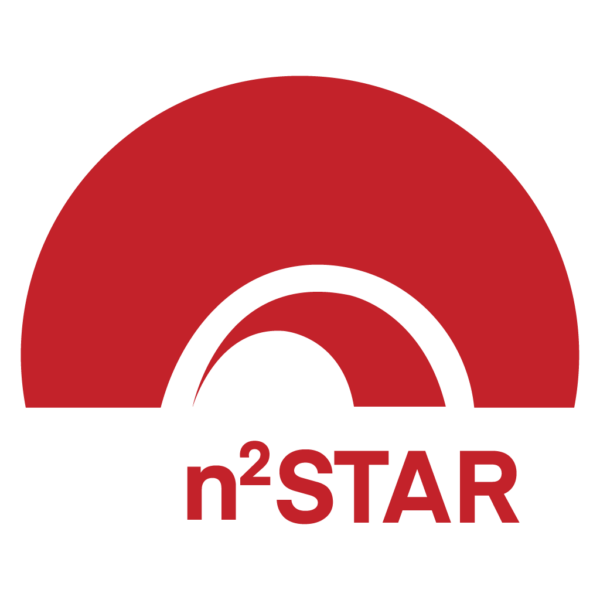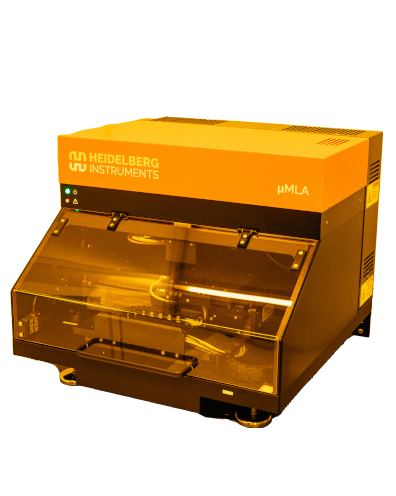


A configurable and compact tabletop maskless aligner with raster scan and vector exposure modules.
The table-top µMLA system is state-of-the-art in maskless technology built on the renowned µPG platform – the most sold tabletop maskless system worldwide. It is a perfect entry-level research and development (R&D) tool for virtually any application requiring microstructures. Typical examples are microfluidics (cell sorting devices, lab-on-a-chip), small-scale mask-writing, micro-optic and microlens arrays, sensors, MEMS, contacting 2D materials and fanning out electrodes, etc.
µMLA is flexible and customizable. Users can choose between types of exposure modules. The Raster Module is used for fast exposure independent of design complexity. The Vector Module is designed for patterning continuous smooth curves such as waveguides in a faster and more accurate way. Three optical setups offer a choice of variable resolution and throughput. Each allows easy switching between different resolution and speed configurations to optimize exposure for a given application. Draw Mode enables straightforward ad-hoc modifications to existing structures and electrical contacts to nanowires or 2D materials. With its small footprint, µMLA fits on a regular table.